The UNEP U4E initiative has proposed guidelines for data center design and operation and server and storage product efficiency requirements. These have far-reaching implications for data center operations in developing countries.
filters
Explore All Topics
While the aim of FinOps is to manage just the cloud costs, technology business management seeks to aggregate all costs of IT, including data centers, servers, software and labor, to identify savings and manage return on investment.
New augmented reality and virtual reality technologies can provide effective training capabilities for data center staff but are not yet a complete substitute for in-person training.
Many organizations still do not tap into the potential power efficiency gains hidden in servers. Without operational focus on extracting those, future server platforms may bring marginal, if any, energy performance improvements.
The number of proposals for new hyperscale-size data centers have reached new heights in 2024. Those that are built will require huge investment and resources - but many proposals will fail to move forward.
Enterprises have various options on how and where to deploy their AI training and inference workloads. This report explains how these different options balance cost, complexity and customization.
Data center operating and capital costs have been rising strongly in recent years - and will almost certainly continue to do so. Sooner or later, those in the IT supply chain will need to deliver their backers a return on investment.
To meet the demand driven by AI workloads, a new breed of cloud provider has emerged, delivering inexpensive GPU infrastructure as a service. Their services are highly demanded today, but longer-term, the market is ripe for consolidation.
Powerful solar storms have already brought warnings of disruption to electricity grids and their customers twice in 2024 - and the Sun's activity has yet to peak. Why do data centers and power utilities appear to have escaped unscathed?
Many speculate that AI and automation might replace humans in data center jobs but there is little evidence to support this line of thought. The data center industry has characteristics that researchers believe may protect against worker displacement
Historically, data center waste heat recovery has been promoted with a focus on the benefits for the heat off-taker. And yet, the overall winner in most situations is the data center operator - even if they are not paid for heat.
Although quantum computing promises a revolution in scientific discovery, its use is still constrained to research and continuing development. However, a new IBM quantum data center in Germany signals a growing interest in its capabilities.
Schneider Electric's acquisition of Motivair Corporation aims to fill product gaps and meet future demand - which will be good for customers if it helps to reduce industry fragmentation
The Netherlands is now enforcing the energy saving obligation, suggesting they will also enforce EED energy management system and audit requirements. Data center operators need to establish a plan to optimize their energy performance.
The UK has become the latest nation to classify data centers as part of the critical national infrastructure. But for data center operators, is this a welcome move?
 Jay Dietrich
Jay Dietrich

 Dr. Owen Rogers
Dr. Owen Rogers

 Rose Weinschenk
Rose Weinschenk

 Daniel Bizo
Daniel Bizo
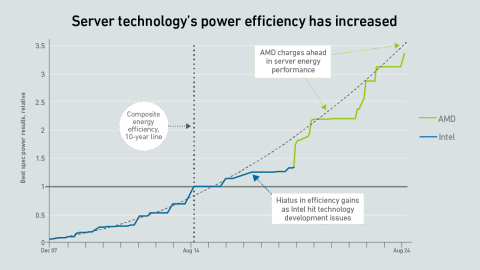
 John O'Brien
John O'Brien
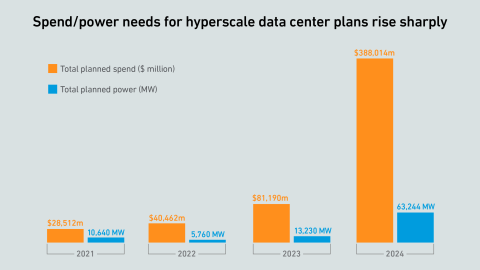

 Andy Lawrence
Andy Lawrence

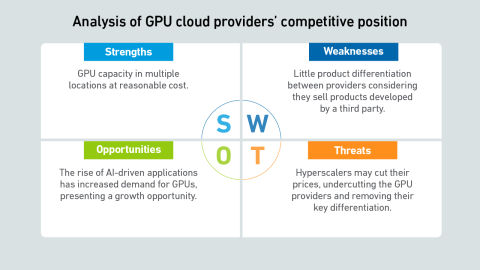
 Jacqueline Davis
Jacqueline Davis
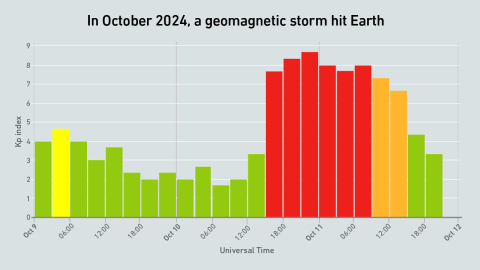

 Max Smolaks
Max Smolaks

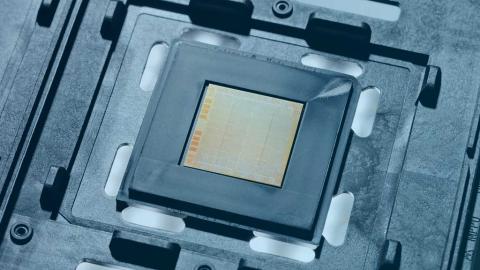
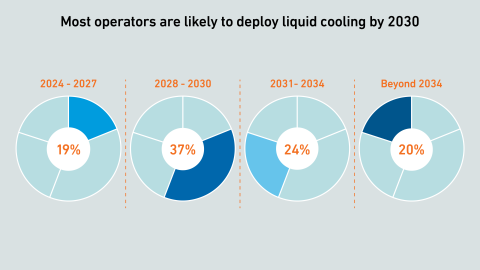

 Peter Judge
Peter Judge
